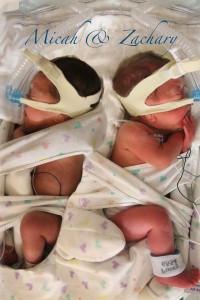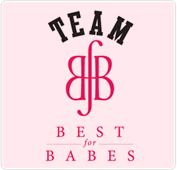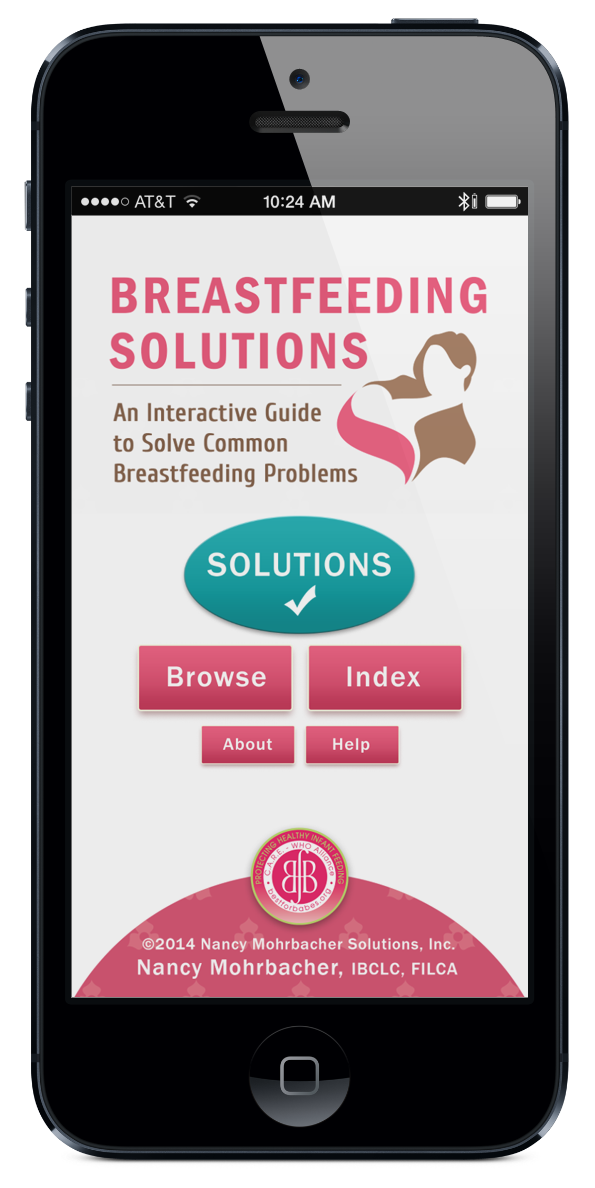The latest research on the impact of breast milk on the risk of necrotizing enterocolitis by my colleague Dr. Tarah Colaizy and our team shows a stunning result: in infants fed a diet of at least 98% of their mother’s own milk, the incidence of NEC was only 1.3%, compared to 11.1% for those fed formula and 8.2% for those who were mixed fed. The odds of getting NEC in formula fed infants were 12.1 times that of infants fed their mother’s milk. Even more surprising, a mixed diet of formula and breast milk was not any statistically better than a diet of pure formula in preventing NEC.
In our study, which only included infants under 1,000g (2.2 pounds), none of the infants received donor milk, and even the breast milk fed infants received fortifier made from cow’s milk. Nonetheless, the breast milk fed infants did remarkably better. In fact, there were so few breast milk fed infants with NEC that the confidence intervals, the statistical measure of uncertainty, were very wide.

Micah & Zachary Canvasser: Micah contracted NEC and is the inspiration for the Miracle Milk Stroll www.miraclemilk.org
These findings have huge implications for the future of how preterm infants are managed, and the social policies around that.
For one, it shows that it’s vitally important that mothers of preterm infants be able to express their own milk for their infants. Milk is not just a nice thing; it’s lifesaving medicine for these tiny babies. [See www.miraclemilk.org] Yet, mothers of preterm infants often go straight back to work due to lack of paid leave. If they get leave at all, they save often prefer save it for when their baby comes home from the hospital. This makes expressing milk for tiny ones difficult. They are often faced with other logistical challenges: with a premature infant, they may not yet have saved up enough money. They may not have arrangements for the care of older siblings, especially if the family lives far from the tertiary care hospital where the baby must spend weeks. A recent NPR story highlighted the “NICU diet” of some parents—they survive on juices and crackers from the hospital refrigerator because they can’t afford proper meals from the hospital cafeteria. And yet, without these mothers and their milk, their infants can rack up hundreds of thousands of dollars in excess medical expenses. Clearly, these families need a whole host of supports, such as paid leave, and support to be able to stay at the hospital, with at least mothers’ meals supplied.
Next, it seems clear that there is little role at all for formula in the management of extremely low birth weight infants. There is no longterm study on the use of donor milk. While we do not have a large enough trial of a have head to head comparison on formula versus donor milk for the prevention of NEC, some research would imply that it is safer and preferable to formula [ a 2005 study and a 2016 study both showed no benefit, but both were too small and too short to draw a definitive conclusion on NEC]. At least donor milk is species specific. If mother’s own milk is not available, for now pasteurized donor human milk should be the alternative.
In addition, it should be noted that the incidence of NEC in our population was very low despite the use of fortifier derived from cow’s milk rather than human milk. Use of fortifier is standard in infants this small, and without fortifier, their ability to gain weight and have proper bone strength is impaired. During the years when the infants were enrolled in our study, fortifier derived from human milk was not in use. It remains to be seen whether the markedly increased cost of human-milk derived fortifier results in even fewer cases of NEC compared to bovine-based fortifier, as there have never been any head to head comparisons where the underlying diet was mother’s own milk. This is an area that requires further research.
Finally, the cost implications from our study make it clear that supporting moms to prevent NEC is cost effective. NEC is a very expensive illness.
No mother should have to choose between keeping her baby alive and putting food on the table. No new mother should have to survive on crackers and juice when her milk is lifesaving. Surely our country is better than that.
For more information on NEC, see www.necsociety.org, to learn about donor milk, see www.hmbana.org. To get involved in raising awareness of and lowering the risk of NEC, see www.miraclemilk.org.




